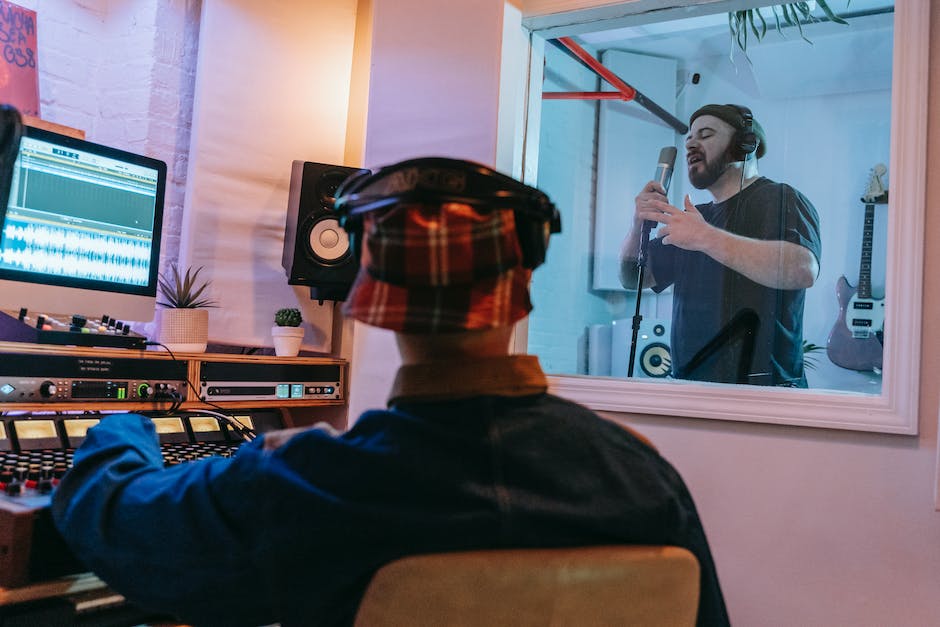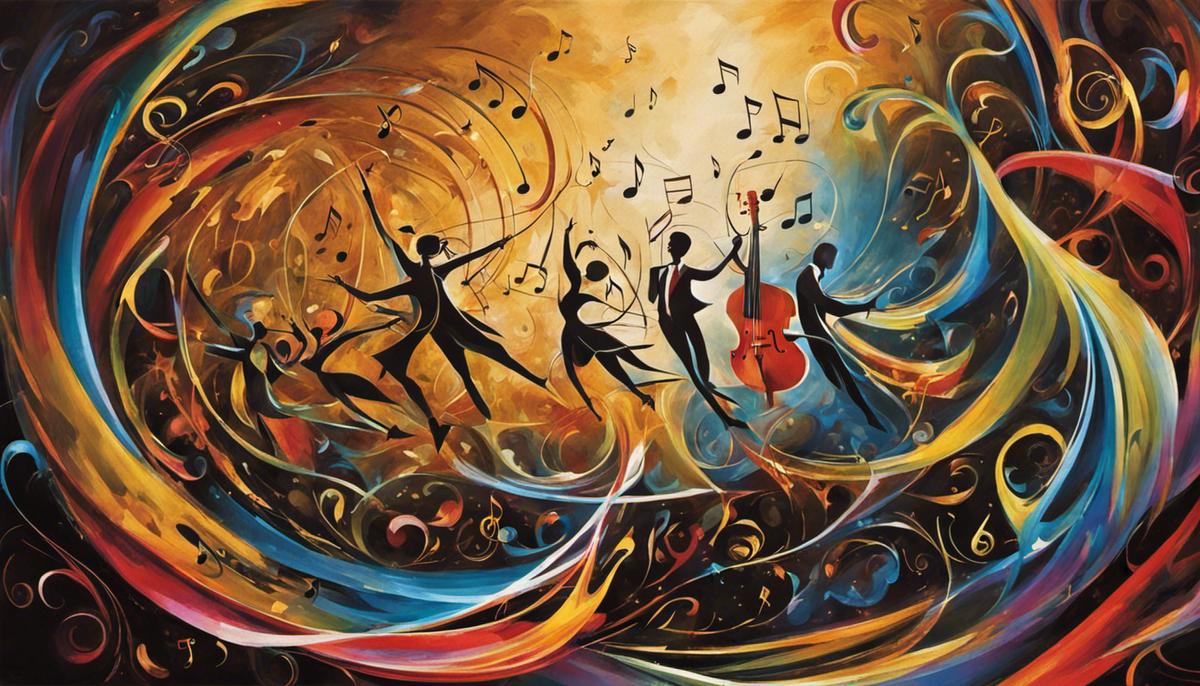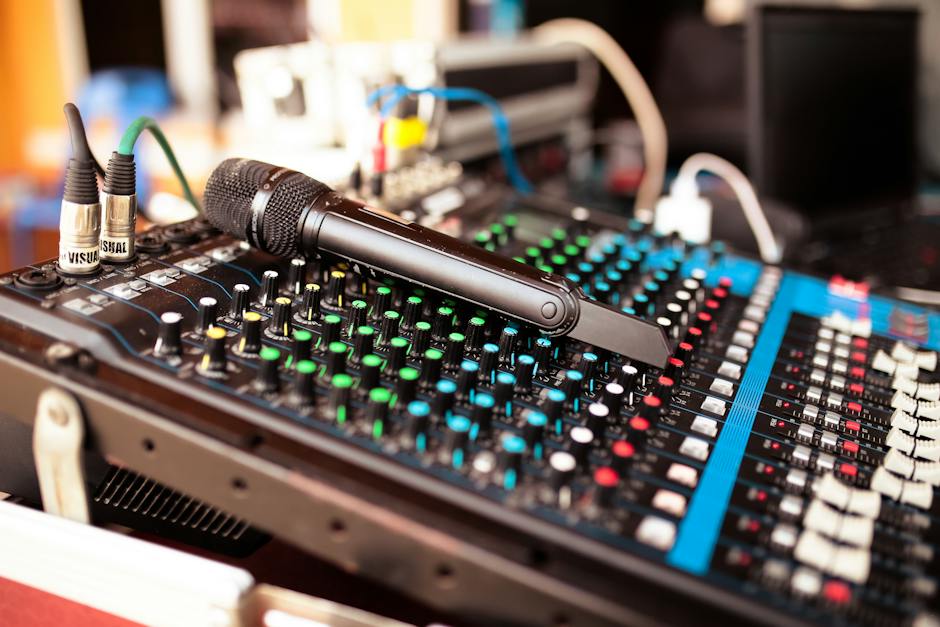The world of music production entails various aspects and techniques that resonate with the harmony of acoustics, main among these being the concepts of Soundstage and Stereo Imaging. These paradigms have a profound effect on a listener’s cognitive connection with the music, forming an aural tapestry that features dimensionality and direction. However, when it comes to mixing on headphones, these paradigms bring forth unique challenges. As much as headphones offer the luxury of mobility, they often distort the perception of stereo field and depth, resulting in mixes that fall short in other settings. This article delves deep into the challenges associated with Soundstage and Stereo Imaging while mixing on headphones, presenting practical techniques to overcome such hurdles, and emphasizing the importance of proper tools and sound listening practices.
Understanding Soundstage and Stereo Imaging
The Illuminating World of Soundstage and Stereo Imaging: A Symphony for the Ears
Sweep your mind to a powerful live concert experience. Imagine the electrifying charge of the guitar resonating from the stage right, the thunderous heartbeat of the bass drums streaming from stage left. Each instrument and vocalist command their unique space on the stage, harmonizing yet retaining their distinctive character. This, dear music connoisseurs, is the magic of astute soundstage and stereo imaging – the essence that brings recorded music to life.
To commence this exploration into music’s invisible landscape, allow us to demystify these two terms. Soundstage is the audio illusion of a three-dimensional space. It is the perception of depth, height, and width in music, the soundscape where each sound source is positioned. On the other hand, stereo imaging refers to the placement of these individual sounds within the soundstage, building a vivid, musical picture for the listener.
But why, pray, do these elements hold such quintessential value in the craft of mixing music? The allure of soundstage and stereo imaging lies in their capacity to generate an immersive, engaging listening experience that transcends the boundaries of mere consumption into the realm of participation. It’s a feast for the ears as they banquet on a buffet of sounds spread across a 3D stage.
With a robust soundstage and precise stereo imaging, music evolves from being a flat, one-dimensional stream into a topographical landscape filled with nuances and crevices. The majesty of a violin can float majestically from the right while the poignant serenade of a piano wafts in from the left. Meanwhile, the tender whisper of the lead vocalist embraces your sensibilities, emanating from the center with uncanny realism.
This spatial awareness not only allows for a richer listening experience but also pays respect to the work of passionate musicians. A sound engineer employing these mixing elements doesn’t merely polish a creation to perfection; they recreate the stirring live experience of music. It encapsulates the raw energy of a live performance, retaining the individuality of each instrumental note, each whispered lyric.
Moreover, proper soundstage and stereo imaging unveil the intricate layers of a piece, the textural beauty that can be camouflaged in an undifferentiated mass of sound. It’s about teasing out each element, letting it shine individually yet play its part in the symphony.
As vital disciples of auditory art, it behooves us to acknowledge that soundstage and stereo imaging are not just technical tools; they are the unseen conductors orchestrating our sensory interaction with music. They carry the power to transform any passive listening experience into an intense musical journey across arenas, shrines, and deserts, all from the luxury of our favorite headphones.
And thus, in this nexus of sound, music transcends into a shared realm of experiences, emotions, and beauty. Assuring that in the world of music, we lose ourselves in the melody, wandering within the realm of audacious harmony and captivating creativity where each note, each beat, each voice finds its rightful place. It is within the hidden depths of soundstage and stereo imaging that each music lover finds their own space to be, to feel, to resonate.

The challenge of Mixing on Headphones
Adventures of the musical kind, our invisible dance partners leading us across bridges of rhythm and melody, are deeply intertwined with concepts like soundstage and stereo imaging. Yet, as we slip on our headphones to rejoin this auditory celebration, we must navigate the challenges these vital elements bring. Particularly, we need to understand what makes mixing music on headphones complicated, particularly with regard to soundstage and stereo imaging.
Foremost among these challenges is how headphones, by their mere design, limit the soundstage. Unlike speakers which shower our entire sensory field with a cocktail of sound waves, headphones narrowly aim their aural arrows right into our ears. While this can create an intensely intimate relationship between listener and music, it often leads to a condensed portrayal of soundstage. Rich landscapes of sound may be reduced to a more restricted panorama, subtly changing the dynamic blueprint of the melody. Our senses, wired to embrace sound in an unconfined environment, could interpret this compressed echo as lacking depth or spatial delineation.
Next, we come across the peculiarities of stereo imaging. In a traditional setting, the stereo image is served on an aural silver platter, where the positioning of different sounds across the left-to-right spectrum can be distinctly perceived. However, the delineation of this psychoacoustic phenomenon becomes more challenging when using headphones. Live music breathes in the free air, bouncing off walls and creating complex wave interactions. When confined to headphones, these acoustic idiosyncrasies are squeezed into a channel flowing directly into our auditory pathways, altering the musical experience significantly.
The inability to accurately perceive sonic location within the stereo image can because of the absence of a “crossfeed” effect in headphones. In a live setting or with speakers, each ear perceives sound from both channels with a slight time delay, providing a sense of space and location. This physical phenomenon isn’t naturally present in headphone listening. While some advanced headphones and digital processing artificially introduce crossfeed to emulate this, they may grapple with finding the right balance, further complicating the mixing journey.
Finally, the element of the individual’s perception of music plays a significant role. When traversing the sonorous landscapes painted by soundstage and stereo imaging through headphones, our own auditory sensitivities, preferences, and interpretations sharply come into focus. This might mean that what excels on headphones for one, might lead to a less satisfactory experience for another. Our familiarity with live music experiences also sets a higher bar for headphone-based mixing, making the task an intriguing mixture of science and unceasing creativity.
Mixing music on headphones, while challenging, is not a futile exercise in sonic acrobatics. Rather, it’s an avenue for exploration, a call to innovate and adapt. Precisely because of the limitations presented here, it has become an art in itself. It is worth celebrating the triumphs, acknowledging the hurdles, and persisting onward in the pursuit of delivering musical experiences that beckon, resonate, and dance within our minds. While soundstage and stereo imaging present a complex puzzle, they remain the invisible magicians that turn air vibrations into dreamscapes, harmony into heartbeats, and music into an eloquent expression of our shared humanity.

Techniques to Overcome the Challenges
Navigating the Labyrinth: Techniques and Tools to Master Mixing on Headphones
Mixing music on headphones creates a unique set of challenges, but by understanding these hurdles and employing intelligent techniques, music enthusiasts and audio engineers can ultimately achieve a fair and accurate mix, despite the limitations of headphones.
One significant obstacle often arises from the headphones’ limited ability to reproduce a soundstage, a phenomenon that is typically addressed by the utilization of advanced surround sound headphones. These headphones can provide a more immersive audio environment, mimicking the experience of multi-directional speakers, and thus are instrumental in creating a convincing soundstage.
Meanwhile, headphone mixes can sound narrower than speaker mixes due to their tendency to lack ‘crossfeed’. Crossfeed mirrors the natural phenomenon that occurs when listening through two speakers — both ears hear each speaker. This natural blending doesn’t happen with headphones, which can lead to an exaggerated stereo effect with both hard left and hard right pans. ‘Crossfeed’ plugins can be employed to enhance this experience, bridging the gap between the left and right channels and creating a more ‘in-room’ blend, thus mimicking the natural stereo spread.
When it comes to the individual perception and headphone preferences influencing the mixing process, the key to overcoming this lies within the informed selection and use of reference tracks. By selecting a well-mixed piece that encapsulates the desired sound and frequently referencing it during the mixing process, one can achieve a fair mix that should translate well across various systems.
Equally vital in this endeavor of mixing music on headphones is the understanding and acceptance of the headphone’s limits. Given the unique distortion they often cause, especially in the lower frequency range, mastering the art of monitoring the low-end frequencies becomes utterly crucial. Various frequency spectrum analyzer plugins enable one to visually monitor the mix, ensuring it covers all desired frequencies.
Advancements in mixing and mastering technology have brought about a cornucopia of plugins and software designed to help achieve the desired mix on headphones. Convolution reverb tools, for instance, can help mimic different environments, allowing one to tailor the ‘room sound’ to their preference, thus influencing the performance of the mix. Furthermore, plugins that emulate the interaction between the ear and the room can also be enlisted to create a more realistic stereo image, granting the ability to ‘place’ sounds in the mix more effectively.
The journey of mixing music on headphones is indeed an art, steeped within the constant evolution of creativity, innovation, and technological progress. By employing the right mix of tools, knowledge, and techniques, one can navigate this labyrinth to create and experience deeply immersive, harmoniously balanced, and accurately represented musical journeys. Triumph thus lies not in the avoidance of these challenges but in the conquering of them, leading to the delivery of unprecedented musical experiences.

Listening Practices and Acquiring the Right Gear
When traversing the sonically diverse pathway of music, the companionship of your trusty headphones can oft feel as intimate as a shared crescendo between lovers, echoing a rhythmic dance between technology and emotion. Yet, paradoxically, these seemingly boundless seas of sound within our headphones pose unique challenges to mixing and mastering engineers, creating a milieu quite unlike the conventional stereo mediums.
One such challenge presents itself within the realm of headphone mixing, where confining the grand theatre of music inside two channels incites a domino effect on the perception of spatial elements. The missing “crossfeed” phenomenon – the transmission of sound from one stereo channel to the other, inherent in speaker listening – can result in an exaggerated stereo field, painting an unrealistic musical panorama. It’s like trying to recreate the grand expanse of the Saharan dunes in a shoebox – possible, yet far from perfect.
However, with this evolving landscape of musical ventures, it’s crucial to embrace individuality. Each listener’s perception and preferences shape their musical journey, simultaneously co-scripting the narrative of music mixing on headphones. An array of frequencies transpiring from these devices reveals a unique perspective on a composition, demanding innovation and artistic flair from the mixing engineer.
In this realm full of challenges and limitations, triumph and innovation often exist side by side. The choice of headphones, once contemplated as a mere accessory, now holds the potential to revolutionize the sonic experience offered to the listener.
Unveiling this potential calls for ingenious solutions, like adopting surround sound headphones. This technology mimics a multitude of virtual speakers positioned around the listener, enhancing the depth and scale of the sonic landscape, breathing a second life into the soundstage, previously limited by conventional stereo headphones.
Moreover, the use of crossfeed plugins, adeptly designed to emulate the speaker crossfeed in a headphone environment, adds an element of genuineness to the mix. Coupled with meticulously curated reference tracks, these plugins offer an intriguing contrast, highlighting areas for improvement and guiding toward achieving a fair, balanced mix.
Yet, like an unwavering maelstrom, the challenges do not cease. The prowling limitations of headphones, specifically in presenting an authentic representation of low-end frequencies, can mar the auditory experience. However, resourcefulness finds a way through. Tools like frequency spectrum analyzer plugins ensure comprehensive frequency coverage, offering an extra layer of insurance against frequency dips or peaks.
The world of music production rejoices in the face of advancements like convolution reverb tools and plugins, emulating the complex interaction between the ear and room. These tools enliven the music, making the mix more believable and immersive, narrowing the gap between headphone and speaker listening.
Indeed, the artistic and technical journey of mixing on headphones can seem like a daunting odyssey. Each hiccup in the path, however, provides a unique opportunity to shape and reshape the panorama of sound, always keeping the listener at the heart of the process.
Overcoming these obstacles is a testament to the relentless spirit of music lovers and creators. It is a celebration of the joy of persistently delivering immersive, and balanced musical experiences—crafted inside the humble dimensions of headphones, yet resonating amidst the grand expanse of the human spirit—imbuing each note with the dynamic nuances of our shared passion for music. And in doing so, together, we keep the beautiful symphony of music alive and evolving, ever echoing the melody of human innovation.

The journey of mixing music on headphones is fraught with challenges, primarily to do with the complex dimensions of Soundstage and Stereo Imaging. However, these challenges can be surmounted, provided enthusiasts and hobbyists are armed with the right knowledge and tools. Implementing specific plugins, choosing headphones designed specifically for the purpose, and cultivating significant listening habits are among the strategies and techniques that could revolutionize your mixing process. By factoring these into the equation, music enthusiasts can achieve mixes of stark realism and remarkable fidelity, bridging the gap between the source of the sound and the listener. The art of creating enchanting auditory spaces lies in understanding, acknowledging, and overcoming these challenges. And as one progresses on this melodic expedition, the true essence of music and technology blending harmoniously will be realised.

Comments.
Currently there are no comments related to this article. You have a special honor to be the first commenter. Thanks!